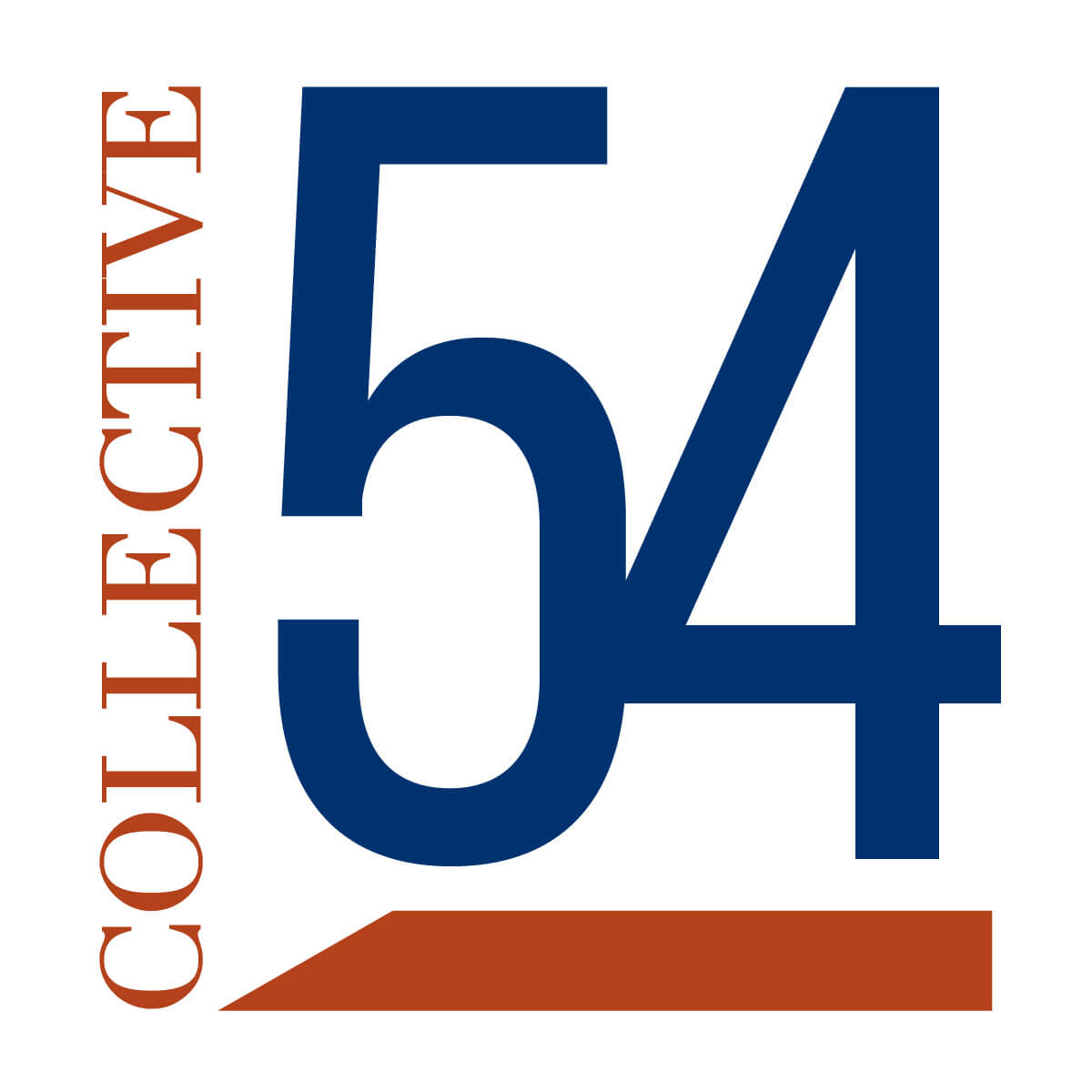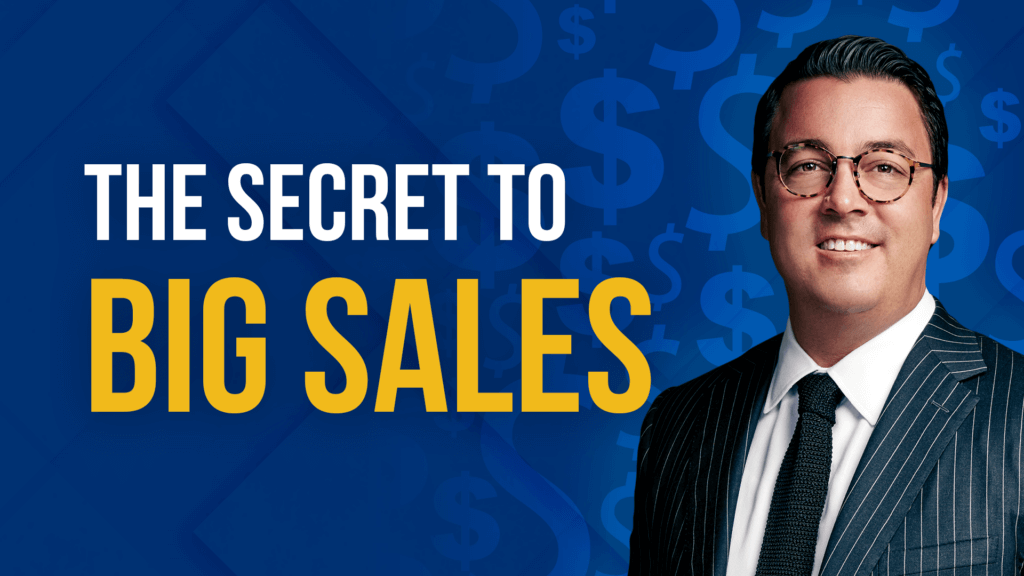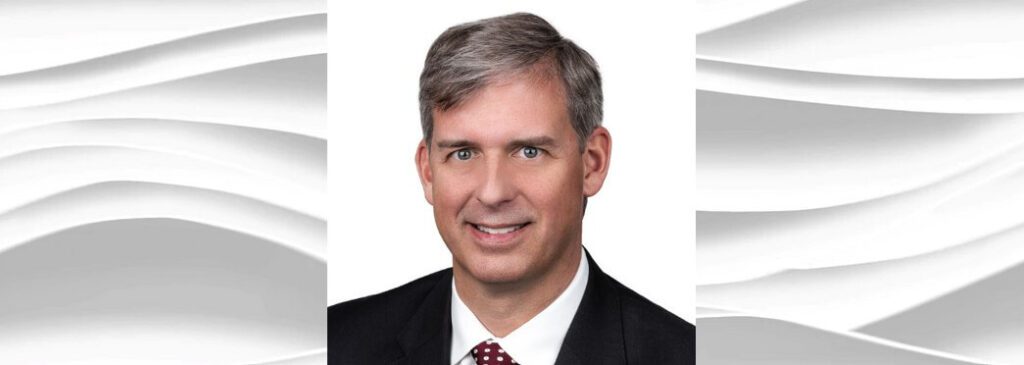Episode 171 – Mastering the Hire: Securing the Ideal Sales Leader for Your Boutique Firm – Member Case by David Kendall
In this session, we delve into the art and science of hiring the perfect sales leader for boutique professional service firms. We discuss the unique challenges these firms face, the qualities that define a successful sales leader in this niche, and practical strategies to identify and attract top talent. Whether you’re in the early stages of building your sales team or looking to elevate your firm to the next level, join us for expert advice and real-world examples to guide you through the hiring process.




